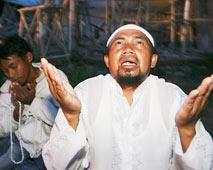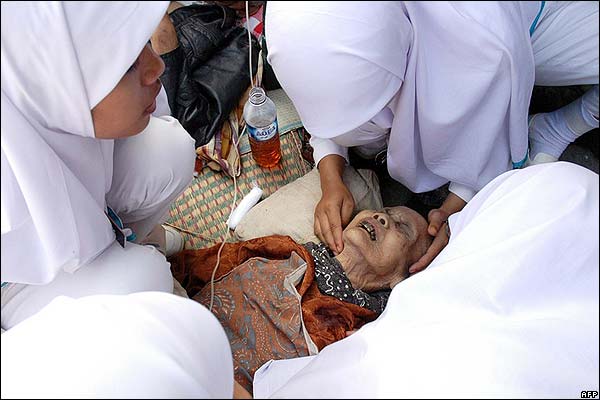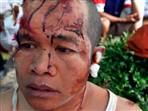
Nature at its most deadly has once again wreaked havoc in Indonesia, less than 18 months since over 131,000 people in Aceh were killed by the Boxing Day 2004 tsunami.
Condolences and offers of help have begun to arrive from the international community and aid agencies have launched appeals for donations. Both Save the Children and Oxfam responded within hours.

Full details, of the earthquake and resulting destruction are still coming in. The epicentre was just over a dozen miles south of the famous city of Yogyakarta, near the southern coast of Java.
As always, stories of attempts to contact loved ones are beginning to appear on the web. Ambar and Planet Mole are just two of those who have been desperate for news. No doubt first-hand accounts of those caught up in the disaster will follow in the coming days.
Bloggers who have visited Yogyakarta, a popular tourist destination, are beginning to register their shock and sorrow over those who lost their lives. Apart from being the main city in central Java, filled with a rich cultural history, many are drawn to the area by the ninth century Buddhist temple of Borobudur, considered to be one of the seven wonders of the world. There's no news yet if it sustained damaged in today's quake.
There's also some concern about whether the nearby volcano Mount Merapi, which has been smouldering in recent weeks, will be affected by tectonic activity. Reports suggest there has been some increased volcanic activity. When it rains in Indonesia it pours, as Allever effectively points out.
As with the tsunami, there have been suggestions that the materials used in local construction leave them vulnerable to such events - all in an area of the world highly prone to natural disasters.
No comments:
Post a Comment